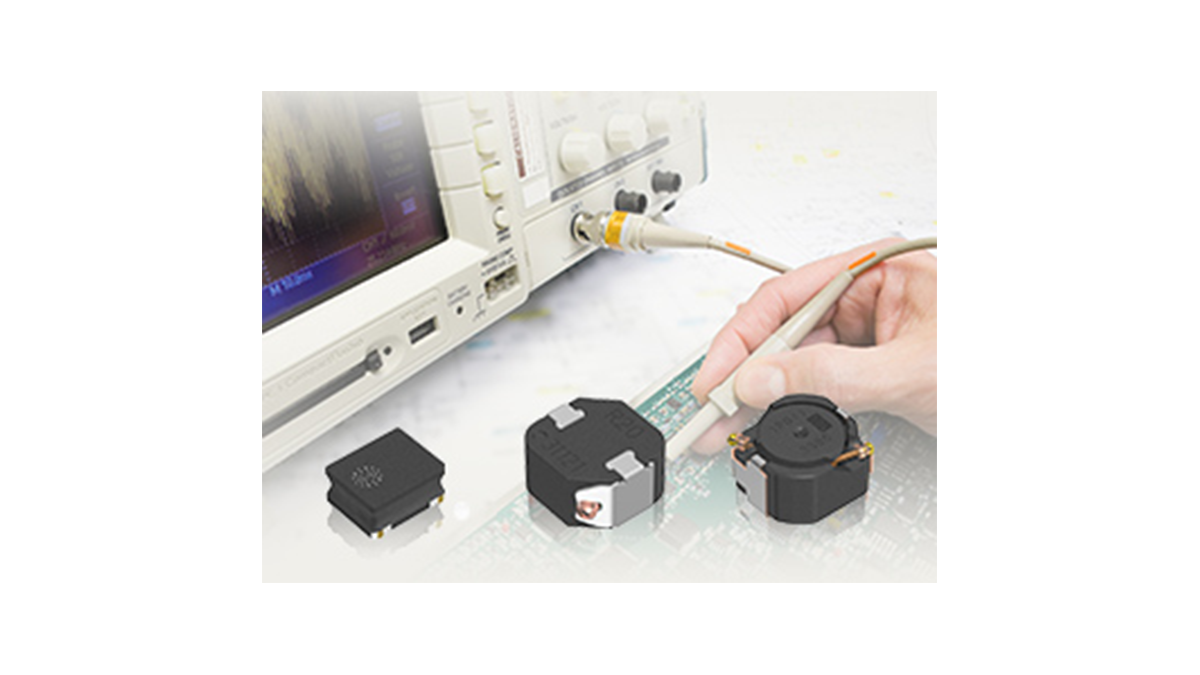As electronic devices become more advanced, the power supply voltage of LSIs used in them is lowered, so their power consumption can be reduced and their speed increased. However, a decrease in the power supply voltage also causes the requirements regarding voltage fluctuations to become more severe, creating a need for high-performance DC-DC converters to fulfill these characteristic requirements, and power inductors are important components that greatly affect their performance. TDK has a widely varied lineup of power inductor products, and this article describes and explains effective methods for using power inductors, and key points for selecting them, according to the required characteristics of DC-DC converters.

Power inductors are important components that largely affect DC-DC converter performance
Although inductors (coils) are capable of transmitting direct current smoothly, if the current varies they will generate electromotive force to obstruct those fluctuations. This is known as self-induction, and with alternating current it has the property of obstructing transmission to the point where it can appears at higher frequencies. Therefore, if a current is passed through an inductor it will be accumulated as energy, and if the current is interrupted this energy will be discharged. Power inductors are components which effectively apply this property and are used primarily in power supply circuits for equipment such as DC-DC converters.
Figure 1 shows a basic circuit for a step-down DC-DC converter (diode rectification type). Power inductors are important components that largely affect its performance.
The difficulty in designing a power inductor stems from the variability of its characteristics according to factors such as temperature and current magnitude. For example, inductance (L) has the property of decreasing as the current becomes larger (DC superimposition characteristics), and temperature rises caused by increase of current can cause the inductor core magnetic permeability (μ) and saturation magnetic flux density (Bs) to change as well. Even with the same inductance value, the DC resistance (Rdc) will change depending on the winding thickness and the number of windings, causing variations in the degree of heat generation, and differences in the magnetic shield structure can also affect the noise characteristics.
These parameters have a complex, mutual trade-off relationship with each other, making it critical to select the best power inductor for an application from an overall perspective, with consideration for the efficiencies, sizes, and costs of DC-DC converters.
Read more: APP NOTE: HOW TO USE POWER INDUCTORS
